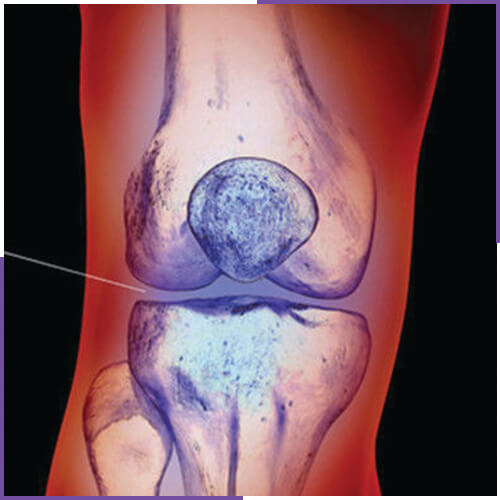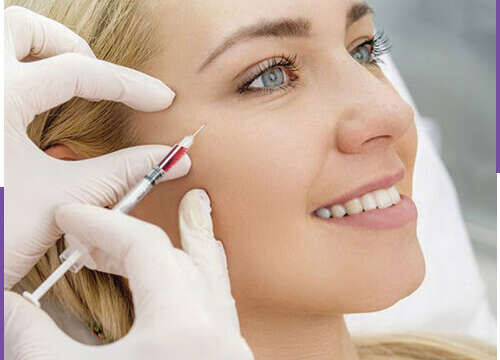WHAT IS PRP TREATMENT FOR ARTICULATION DISORDERS?
PRP (Platelet Rich Plasma), also known as Platelet-Rich Plasma, is a method of stimulating and regulating healing in many areas of medicine, which is prepared from one’s own blood. With the help of dozens of PRP preparation kits in use, 10-60ml of blood is taken from the patient, which is separated with special disposable filters and centrifuge devices and removes the undesired parts. The decomposed 2-6 ml part contains platelet-rich plasma and has found an application area for many musculoskeletal injuries. The main task of platelets is to create a clot that stops bleeding when an injury occurs. They also contain dozens of growth factors that contribute to the repair and healing of tissue. When these growth factors are given to the environment, they help repair damaged tissue by supporting the body’s own healing mechanisms.
WHAT ARE THE STEPS FOR APPLICATION ?
Chronic tendinopathy refers to long term inflammation (tendinitis) and damage (tendinosis) of the tendons that connect muscles and bones, mostly due to overuse.
79-93% successful results were achieved with PRP applications on tennis elbow. This ratio is slightly better than the results obtained by cortisone administration, and the disadvantages of cortisone administration are avoided. Similarly, successful results of around 80% of PRP applications have been reported in achilles tendon diseases, chronic patellar tendon injuries and plantar fascitis disease. In this patient group, PRP should be preferred in cases where adequate results are not obtained by resting, medications and physical therapy methods.
There are studies showing that knee ligament injuries are a faster recovery with PRP injections after common internal ligament injuries in athletes and a return to sports in a shorter time.
Muscle injuries Again, a faster return to sports has been reported with PRP injections in muscle contractions or intramuscular hemorrhages seen in athletes.
Osteoarthritis (Calcification) In the early stages of osteoarthritis in the knee joint, it has been reported that there is a decrease in the pain of patients and improvement in their functions with PRP injections for 6 months. However, PRP treatment does not change the natural course of the disease and cannot restore existing wear and tear. Comparative studies have shown that PRP injections are slightly superior to Hyaluronic acid injections.
In support of cartilage repair, the treatment of cartilage injuries in young patients is still an important problem. Nowadays it is not possible to recreate damaged joint cartilage with its original architectural structure and biological properties. PRP applications have come up to improve the quality of repair tissue created by many treatment methods. Biological covers used in cartilage repair are synthetic and dissolvable structures that provide the appropriate environment for the development of cells and cartilage transformation.It has been shown that a higher quality repair tissue can be obtained with PRP. This is the most studied and most exciting area of PRP today.
WHAT ARE THE AREAS FOR APPLICATION?
This is applied to all joint areas.





